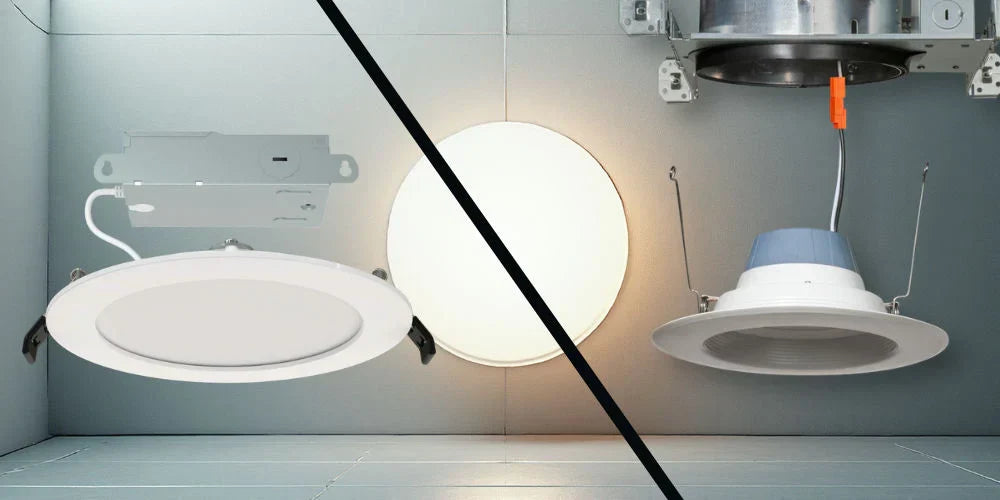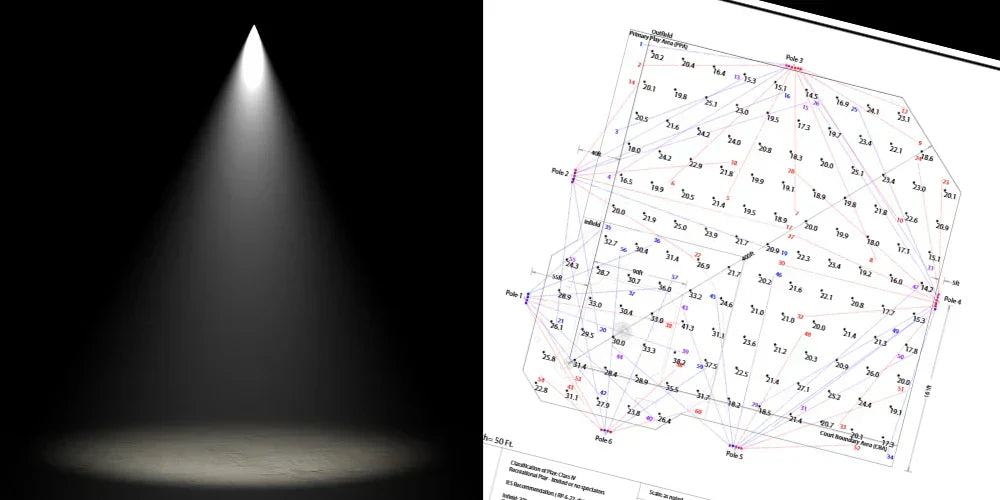Legal Requirements for Emergency Lighting
Emergency lighting is a legal requirement in many countries to ensure the safety of occupants in public and commercial buildings. The regulations and standards for emergency lighting vary depending on the jurisdiction, but they generally cover the following aspects:
- Illumination Levels: The emergency lighting system must provide sufficient illumination to enable safe evacuation. The minimum required illumination levels are typically specified in lux (a unit of illuminance) for different areas, such as escape routes, staircases, and open areas.
- Duration of Operation: The emergency lighting system must be able to operate for a specific duration, typically 1-3 hours, without external power supply. This ensures that occupants have sufficient time to evacuate the building safely.
- Testing and Maintenance: Regular testing and maintenance of emergency lighting systems are essential to ensure their proper functioning when needed. The frequency of testing and maintenance may vary, but it is usually recommended to test the system at least once a month and conduct a full duration test annually.
- System Design: The design of an emergency lighting system should consider factors such as the size and layout of the building, the number of occupants, the location of escape routes, and the presence of hazardous areas. The system should be designed to provide adequate coverage and ensure that emergency luminaires are visible and easily accessible.
Design Considerations for Emergency Lighting
When designing an emergency lighting system, several factors need to be considered to ensure its effectiveness and compliance with regulations. These include:
- Escape Route Lighting: The main focus of emergency lighting should be on illuminating escape routes, such as corridors, staircases, and exits. The lighting should be evenly distributed to avoid glare and shadows that could impede safe evacuation.
- Signage and Wayfinding: Emergency lighting should include illuminated exit signs and directional arrows to guide occupants towards the nearest exits. These signs should be clearly visible and placed at regular intervals along escape routes.
- Backup Power Source: Emergency lighting systems should have a reliable backup power source, such as batteries or generators, to ensure continuous operation during power outages. The backup power source should be capable of supplying power to all emergency luminaires for the required duration.
- Automatic Activation: Emergency lighting systems should be designed to activate automatically when the main power supply fails. This can be achieved through the use of sensors or switches that detect power outages.
- Maintenance and Testing: Regular maintenance and testing are crucial to ensure the proper functioning of emergency lighting systems. This includes checking the condition of luminaires, replacing faulty batteries, and conducting regular tests to verify the performance of the system.
Testing Procedures for Emergency Lighting
Regular testing of emergency lighting systems is essential to ensure their reliability and compliance with regulations. The testing procedures may vary depending on the jurisdiction, but they generally involve the following steps:
- Functionality Test: This test involves switching off the main power supply to simulate a power failure and checking if all emergency luminaires activate properly. This test should be conducted at least once a month.
- Duration Test: A full duration test should be conducted annually to ensure that the emergency lighting system can operate for the required duration without external power supply. This test typically involves simulating a power failure and monitoring the performance of the system for the specified duration.
- Record Keeping: It is important to keep records of all maintenance and testing activities for audit purposes. This includes documenting the dates of tests, any faults identified, and the actions taken to rectify them.
Emergency lighting is a critical aspect of building safety and should be given due consideration during the design and construction phases. By complying with the legal requirements, considering design considerations, and conducting regular testing and maintenance, building owners can ensure the safety and well-being of occupants during power outages and emergencies.






